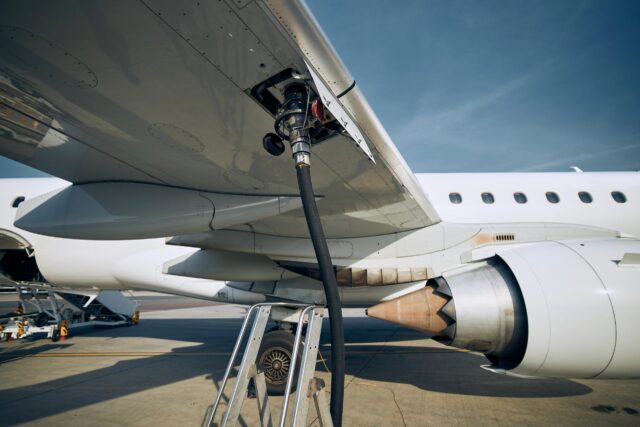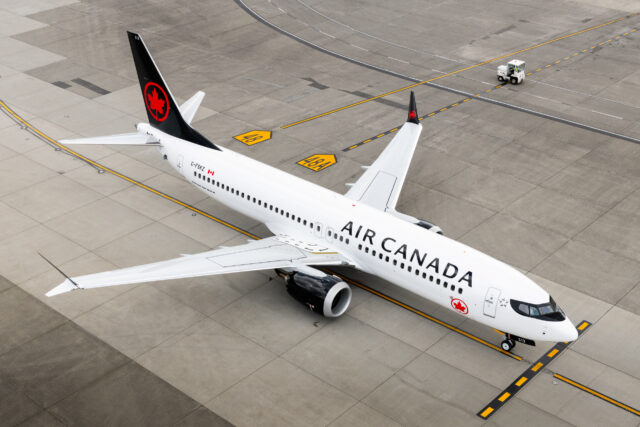What to expect from NBAA-BACE 2025: Sustainability, safety, and new business jets take centre stage

October 12, 2025

When the global business aviation community lands in Las Vegas for NBAA-BACE 2025 this October, it will be stepping into a show that has been purposefully reshaped.
The world’s largest business aviation gathering returns with more than 770 exhibitors, a streamlined new static display, and a reinvigorated focus on safety, sustainability, and technology.
Amid supply-chain pressures and environmental targets, manufacturers are coming to prove that business aviation is not only resilient but ready to redefine itself.
“Business aviation finds itself at a crossroads,” one industry executive told AGN. “It’s no longer just about speed and luxury; it’s about resilience, technology, and sustainability.”
NBAA-BACE 2025 aircraft: New jets and special-mission conversions
The newly renamed Aircraft Connection static display will be condensed to just a day and a half, running from the afternoon of 14 October through 15 October at Henderson Executive Airport, with no static display on the final day.
In a major shift, chalets have been eliminated to reduce exhibitor costs and focus attention squarely on the aircraft. NBAA President Ed Bolen said the change aims to make participation more efficient while creating a more accessible, aircraft-centred experience for attendees.
Gulfstream marks a highly anticipated return to NBAA-BACE after a two-year absence, bringing a full complement of aircraft—G400, G600, G700, and G800—alongside a mock-up of the forthcoming “G300”, which is expected to replace the G280 at the entry level of the family.
Bombardier will showcase its Global 7500, Global 6500, and Challenger 3500, while Textron Aviation will make the public debut of its Citation Ascend, expected to be certified by the end of this year.

A new “Tribute to Flight Pavilion” will also appear within the static area, pairing icons such as the DC-3, de Havilland Mosquito, and Learjet 23 with today’s advanced business jets; a visual narrative of the industry’s evolution.
Elsewhere, attention will turn to Dassault’s Falcon 10X, now in advanced flight testing, and to the growing number of special-mission conversions that blur the line between corporate jet and defence platform.
Business aviation safety and maintenance in focus
Safety will dominate the agenda more than at any NBAA-BACE in recent memory. The show hosts three dedicated safety events: the Single-Pilot Safety Standdown, Small Operator Symposium, and National Safety Forum. These are supported by dozens of panels on operational risk, pilot wellbeing, and aircraft reliability.
NBAA is also pressing the FAA for a “safety-first” approach to upcoming drone integration rules, reinforcing the association’s wider advocacy role.

In the maintenance halls, exhibitors and MRO specialists will highlight advances in predictive diagnostics, digital twins, and data-driven maintenance planning. For the first time, NBAA-BACE will offer Inspection Authorisation renewal credit, recognising the event’s growing educational value for engineers and technicians.
Sustainable Aviation Fuel (SAF) and alternative propulsion at NBAA-BACE 2025
Sustainability remains a defining theme, but this year it’s more operational than aspirational.
SAF will be available at both Henderson Executive Airport and North Las Vegas, with book-and-claim credit options allowing exhibitors and operators to log verifiable emissions reductions even if the fuel isn’t physically uplifted. Several manufacturers have confirmed that aircraft flying to the show will do so using SAF blends or credits.
The Business Aviation Sustainability Summit will expand on this foundation, featuring panels on SAF scalability, hybrid-electric and hydrogen propulsion, and infrastructure readiness. For operators, the discussion is shifting from policy to practice—how to source, verify, and integrate greener fuels across their fleets.
AI, digital flight decks, and the connected cockpit
Digitalisation is set to be a defining feature of NBAA-BACE 2025. Expect to see AI-driven cockpit assistants, augmented-reality training tools, and paperless flight-operations software that link maintenance, scheduling, and compliance in real time.

According to NBAA, AI promises to “boost business-aviation efficiency and productivity”, helping operators cut downtime and make faster, data-backed decisions. The sector is positioning itself as a testbed for innovations that will eventually migrate into commercial and defence aviation.
Business aviation workforce and skills shortages
Workforce and skills shortages continue to shape the business aviation conversation.
NBAA’s YoPro (Young Professionals) programme will take on growing importance this year, focusing on recruitment, retention, and leadership development.
With technicians and pilots in short supply, the industry knows that digitalisation alone won’t solve its human-capital crisis.

Outlook: What NBAA-BACE 2025 means for business aviation
Between its reimagined format, sharpened focus on safety, and tangible sustainability measures, NBAA-BACE 2025 is shaping up as a turning point for the industry.
Whether through greener fuels, AI-enabled cockpits, or smarter maintenance practices, this year’s show is about proving that business aviation remains both dynamic and essential—ready to meet the challenges of the next decade head-on.
















